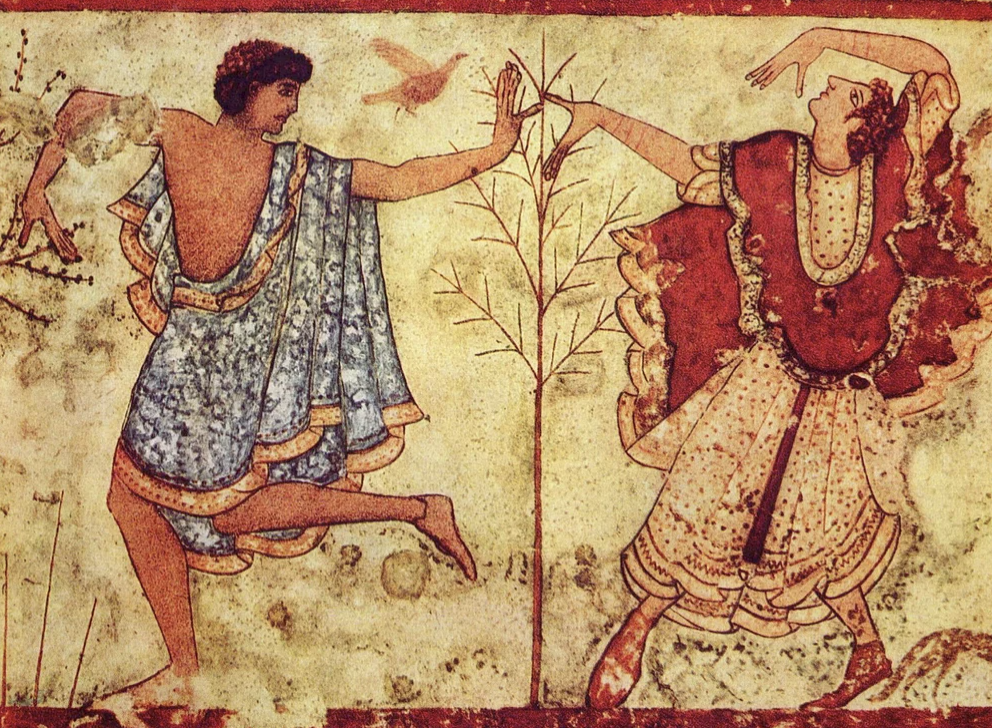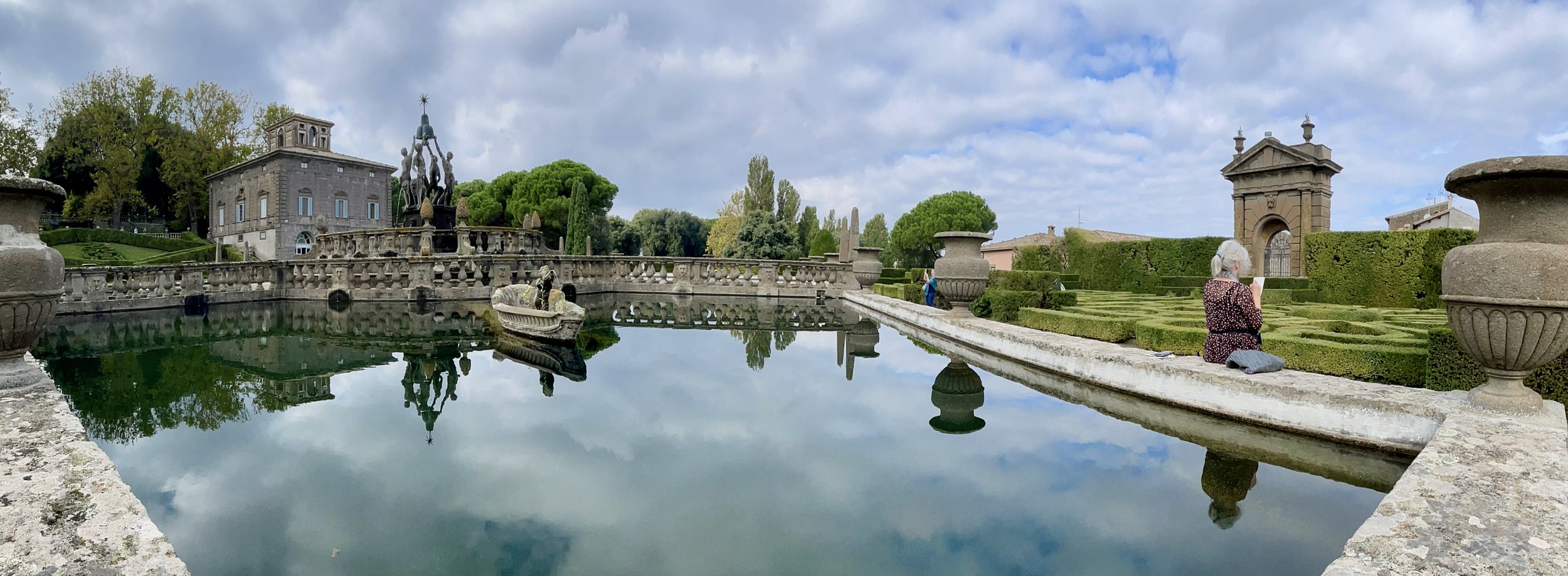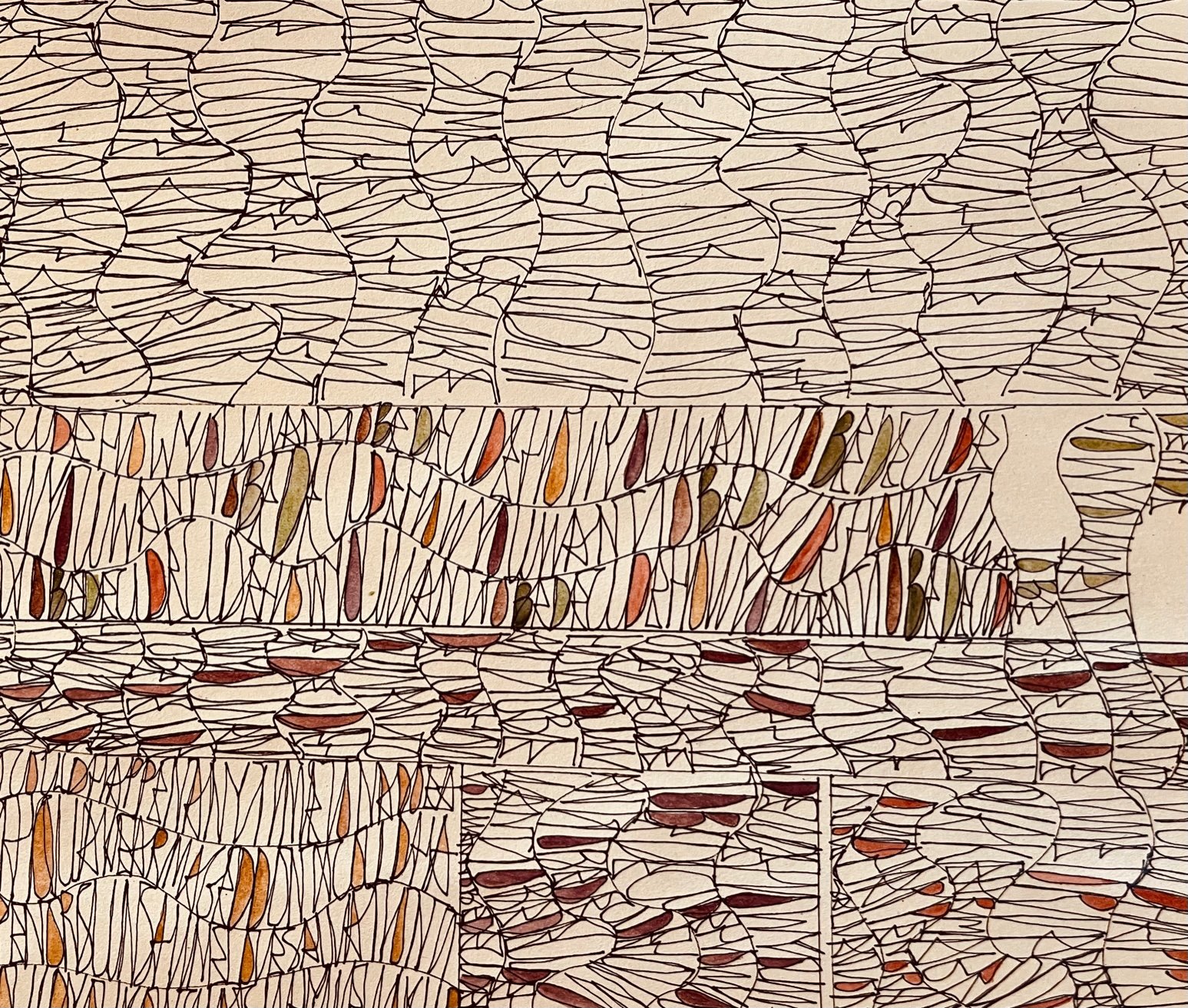“Voyaging beyond the bathtub…”
— George Wyllie, Essays for Artwork
La Romita School of Art was the home of our two-week class in Umbria, Italy. © Keith Auerbach, photographer
The small Umbrian towns have discoveries down every cobblestone street.
(My apologies for all the fabulous photos I have left out — with the great photographers in the class, we have a book! Photos without credits are mine).
In his book, Essays for Artwork, George Wyllie, a Scottish artist, spoke humorously about art-making. He insists that going beyond your comfort zone and the trends of the day — that “voyaging beyond the bathtub” is fuel for creativity. Inspiration requires food, and the necessity for makers to adventure, to shift and “unplan the future”. There is a need to get beyond the walls of the bathtub and the gallery, to get beyond what is familiar and ignite like minds. Collaborate in new ways. Shake off old ideas by wandering into unknown places and finding artists across the sea or the desert or the road. You don’t have to go far, but finding a new perspective is inherently refreshing.
La Rosetta Hotel | Perugia, Italy | © Keith Auerbach, photographer
Walking down a cobblestone street in Stroncone, we happened upon a small opening in the wall, and walked into the Studio D’Arte of C. Massoli. Two small rooms filled with his drawings, sculptures, and paintings; and his desk with the lovely old books on the shelf.
(Left to right) The artist, C. Massouli, in his studio © Stephanie Danforth, photographer
Massouli’s bookshelf | © Stephanie Danforth, photographer | Massouli’s drawing | image of his drawing that I brought home
Arriving home last night from a month long journey in Europe, I am ensorcelled (love this word, do you know it?) with images of the Mediterranean Sea, Etruscan art, cappuccino, Pietro Perugino, and the most delicious Pinot Grigio from Umbria that has a tinge of pink. Everywhere in the air of Umbria there was the sense of interaction, improvisation and discovery. Something that remains with me from our two weeks in these ancient towns, is the effect of a maker’s work when it is made with such care, and no consideration of how long it takes. This kind of care is a palpable, albeit invisible, quality in a piece of work.
We got to witness this invisible timeless quality everywhere we went. All the towns are filled with time and art, with devotion to a piece of work. In Tarquinia we got to see the Mediterranean Sea and Etruscan art. These ancient artists influenced the “Etruscan” alphabet I have devised for classes. The Etruscan culture precedes the Romans, going back to the eighth century BCE. The images of a musician playing two flutes at once, one on each side of his mouth, personifies the feeling of celebration prevalent in their paintings on tomb walls and pottery, and in the dance portrayed below.
Dancers from the walls of an Etruscan tomb in Tarquinia
Book pages with the “Etruscan” alphabet | Acrylic, ink & collage © Kay Bueno de Mesquita
Near Tarquinia we visited the extraordinary Tarot Garden of the sculptor Niki de Saint Phalle | © Keith Auerbach, photographer
We visited another quite different Mannerist garden in Viterbo, built in the 1500’s:
Villa Lante, Mannerist garden | © Keith Auerbach, photographer
Some more examples of the work from students incorporating the “Etruscan” alphabet:
Book pages | (Left)Watercolor, acrylic & ink © Marian Christensen | (Center) Watercolor & ink © Margaret Lubalin
(Right) Watercolor, acrylic & ink © Keith Auerbach
Watercolor, arcrylic & ink © Judythe Sieck (left) | Etruscan engraving from the museum in Orvieto (middle)
Watercolor & ink © Stephanie Danforth (right)
Book page as map | Acrylic & ink © Lynn Walker
We also got to see a young contemporary Italian’s work, Guilia Ceccarani at La Romita School of Art, where I was teaching. It is difficult to photograph or do her work justice; it is tactile with stitching and feeling. But I want to give you a taste of the book I bought from her, Mi sento porta; a poignantly simple, elegant book of a heartbreak. The first page is white handmade paper with needle holes punched all through it (also difficult to photograph!). Every page is covered with a sheet of translucent paper with tiny writing that overlays the image. The first two images are one page from the book I bought, with and without the overlay.
(Left to right) Mi ta malo la bocca i dorti | Red stitching on black ink & paint
Book page | White stitching on painted paper | © Guilia Ceccarani
Below are the books made by the students, leaning against the 17th century book on the altar in the chapel that is our classroom:
Books from our class at La Romita School of Art in Italy: “Writing Images” | Photo art direction by Stephanie Danforth
Books from our class | front covers
What follows is a taste of the work the students did:
Writing Practice: Repetition of a poem & response becomes meditation | Watercolor & ink | © Barbara Courtney
Writing practice | Watercolor & ink | © Anita Bigelow
Making poems | Watercolor & ink | © Jo Carubia
The courtyard at La Romita School of Art | Watercolor & ink | © Saundra Duffee
We went to the farmer’s market in Orvieto. Eggplant | Watercolor & Ink: drawn with a shell | © Eileen Boniecka
Book Page | Watercolor & ink | © Terry Rowe
Olive branch | watercolor, white china marker, pencil & ink | © Stephanie Danforth
(Left to right) Book pages | Thread, collage & ink | © Trudy Ray, © Anne Krush (middle and right)
Book pages | (Left) Ink © Steven Skaggs | (Right) White china marker & ink © Anita Bigelow
Line practice took various forms:
Book pages | (Left) Acrylic, china marker and ink © Marian Christensen
(Right) Watercolor © Terry Rowe | © Stephanie Danforth, Photographer
A few of the students took an interest in learning to do watercolor sketches on site:
Watercolor sketch | Lynn Walker (left) | Lynn Walker (middle) Kay Bueno de Mesquita (right)
(Left to right) Marta, Italy | Stroncone doorway | Church in Perugia
Going beyond the bathtub is always available. Even tossing out one habit for one day, and bringing in something new. What are your ideas about going beyond the bathtub? I’d love to hear from you.

























